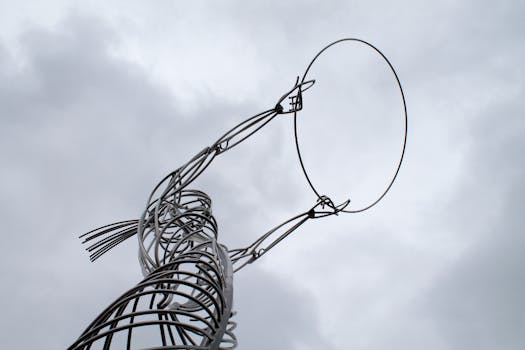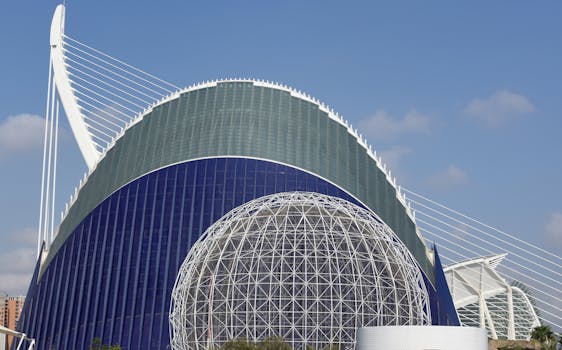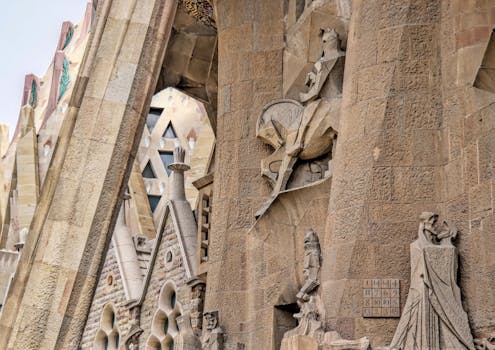Introduction

The world of modern art has been significantly shaped by various cultural influences, with African art playing a crucial role in the development of Western modernism. Artists in Europe and America began to embrace, reinterpret, and adapt African art forms, leading to new expressions and styles in their works. This post explores how this vibrant cultural exchange has not only innovated artistic techniques but also switched paradigms in visual representation.
The Artistic Exchange

The early 20th century marked a transformative era where abstract forms and refusal to adhere to realistic traditions began to flourish in the Western art scene. Influential artists such as Picasso and Matisse were drawn to the aesthetics of African masks, sculptures, and textiles, which contrast sharply with conventional European art forms. This period signified a shift toward abstraction, compelling Western artists to experience art as an exploration of meaning and emotion rather than mere representation.
Influence on Major Artistic Movements

African art’s attributes — its use of bold colors, simplified shapes, and dynamic compositions — made its indelible mark on major artistic movements including Cubism and Expressionism. Notably, Picasso’s ‘Les Demoiselles d’Avignon,’ crafted in 1907, radiates African artistic influence, employing jagged forms and fragmented perspectives to create an innovative visual narrative. Similarly, the swirl of emotions captured by Expressionist artists can be traced back to the stimulating shapes and forms found in African sculptures.
Techniques and Iconography

The incorporation of African techniques, such as the use of nontraditional materials and emphasis on symbolic representation, drastically changed the methodologies employed by Western artists. For instance, the portrayal of the human figure transitioned from idealized forms to more abstract representations. Icons and symbols often found in tribal art enriched Western artists’ palettes and frameworks. Artists like Henry Moore integrated these elements into their sculptures, which often evoke human themes and instincts beyond mere aesthetic compliance.
Legacy and Ongoing Influence

Today, we see the continued reverberations of African art within contemporary Western practices. Exhibits exploring Diaspora identity often blend aesthetics originating from African traditions with modern technology and themes. The global art market continually showcases collaborations that embrace collective narratives of tradition and innovation, asserting a shared discourse between African heritage and modern presentation. Educators and students alike are now eager to dive into art history guided by this cultural nabula that celebrates diversity and creativity.
Takeaways

- African art significantly contributed to the evolution of Western modernism, influencing notable artists and movements.
- The techniques and philosophies originating from African art encouraged a departure from strict realism towards abstraction and emotional depth.
- This artistic integration has not only transformed viewership within traditional galleries but also sustained interaction between disparate cultures.
- Modern artists continue to honor and explore African heritage, leading to rich, new dialogues in glocalized art narratives.



